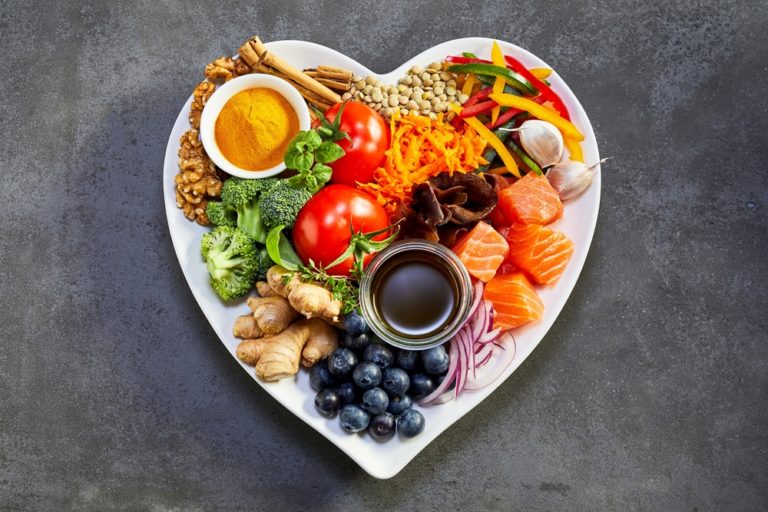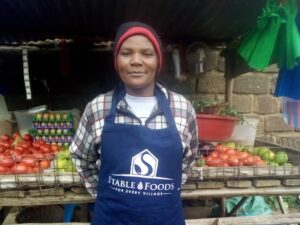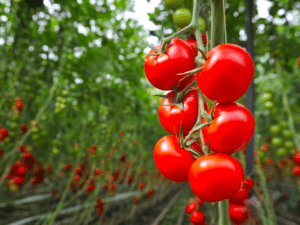“GMOs are an old, bludgeon tool that feels dated,” said Sam Kass, food entrepreneur, former White House chef and senior policy advisor for nutrition, founder of Trove, and venture partner in Acre Venture Partners.
The definition of GMO in crops in the US is based on foreign DNA from another species entering a plant’s genome, while gene editing is the manipulation of the genetic material that already resides in the plant. It’s an important distinction, explained Kass.
Gene editing can be done much faster, much more precisely, and much cheaper than GMOs,” he added.
“But it can also lead us down some really dark paths that we have to be careful about,” he continued. Kass was participating in a panel at the Food Loves Tech Conference in Brooklyn, New York, this past weekend called “CRISPR, GMO, or No: Genetics’ Role in the Food Supply.”
While the industry continues to face challenges in consumer education, the panel—in its second year at the conference—dove into how gene editing should fit into greater food system conversations.
Potential or Risk?
Right now, all gene edited plants—no matter the nature of the editing—are considered the same, according to the USDA, and there’s essentially no governmental regulation of them, in comparison to GMO crops that are regulated.
“That part is very scary,” said Kass. However, he maintained that “we need these tools in our toolbox.” Kass sees a lot of potential for gene editing to help grow more nutrient-dense crops that taste better, need less chemicals to grow at scale, and use less water.
Urvashi Rangan, chief science advisor at GRACE Communications, isn’t sold. “I don’t think it’s so easy. I don’t think it’s so clean,” she said. While CRISPR is able to isolate and edit just one gene, it often doesn’t modify just one aspect of the plant, Rangan noted, and scientists aren’t in control of what comes out the other end.
Kass argued, “These problems come with any type of plant breeding; you can get outcomes that you didn’t expect. We have to be very careful not to demonize a tool. It’s really about the application of that tool.”
Regardless of each speaker’s stance, increasing numbers of startups and corporations alike have their eyes on this technology. What comes next?
Can gene editing feed the world?
Gene editing could be used to create plants that will sequester nitrogen or use fewer chemicals to make soils more regenerative, Kass pointed out.
But Rangan thinks these problems won’t be addressed with gene editing, only exacerbated by it—especially with no regulation. She referenced the Impossible Burger, a plant-based product meant to look and taste like a beef burger, using heme protein to make it “bleed” like beef. Although the heme — which is produced with genetically modified yeast — was granted GRAS (generally recognized as safe) status, many new proteins were introduced to the market with this product that have also been genetically manipulated. The USDA does not plan to regulate these new foods, but no one is sure of its implications.
“I’m in violent agreement with you on that,” said Kass. And he would know, having been one of the overseers himself. (To this, one of the audience members shouted, “Vote!”)
Jason Grauer, crop production manager for the Stone Barns Center for Food and Agriculture, questioned what gene editing is solving. “There’s still a really important problem that we haven’t addressed—the amount of corn that we’re growing,” he said.
GMO, CRISPR, and other gene editing tools are intended to help farmers grow better. But what farmers are currently growing is millions of acres of corn, Grauer noted. With constant conversation about how we’re going to grow more food by 2050, he said, “what if we try to grow food?”
Avoiding Utopianism
“We don’t want to get so scared that we shut down these technologies because we didn’t know enough,” Grauer said. “But we don’t want to get so excited that we forget about the soil, the health that comes from that, and the natural resilience that can develop by breeding and growing in the natural environment.”
Rangan added that tomatoes grown hydroponically, for example, don’t taste nearly as good as the sustainably grown farmers’ market tomatoes. Biodiversity is integral to the future of agriculture and we need to bring life back to the soils, she said.
Kass warned that, while he agrees working with the soil is key, we should be careful of idealism and utopianism. “I care that everyone gets a tomato. Even if it’s not the perfect tomato.”
But presuming we have full control over the outcomes and implications of gene editing is actually a utopian view, as well, said Rangan. “And this feeding the world notion … we can already feed everyone with wasted food. That problem is a bit of an invented problem.”
Kass agreed: “we need to put [gene editing technology] in its proper place,” and continue to talk about the bigger question, which is that most of what we grow we’re not eating. “That is a fundamentally inefficient way to nourish ourselves that is having a devastating impact on the environment and driving climate change.”

















Sponsored
International Fresh Produce Association launches year 3 of its produce accelerator